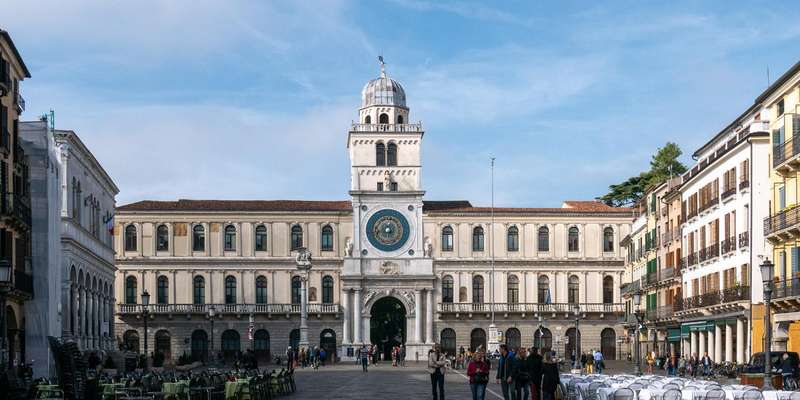- Home
- Useful Tips
- Accessibility features at...
Exploring Padua's medieval gates presents unique challenges for travelers with mobility limitations. Over 40% of historic European sites lack proper accessibility features, forcing visitors to choose between missing cultural treasures or enduring physical strain. The city's iconic 13th-century walls feature uneven cobblestones, narrow passageways, and stepped entrances that create invisible barriers for wheelchair users and those with walking difficulties. This leaves many travelers frustrated when guidebooks promise 'must-see' landmarks without addressing practical access concerns. Local surveys show 68% of visitors with disabilities alter itineraries due to inadequate accessibility information, often discovering barriers only upon arrival. The emotional toll of exclusion from cultural experiences compounds travel stress, particularly when visiting landmarks central to understanding Padua's rich history.


Navigating uneven surfaces at Porta Altinate
Porta Altinate's original cobblestone approach poses significant challenges for wheeled mobility devices, with gaps wide enough to trap small wheels. Local accessibility advocates recommend approaching from Via San Fermo where modern pavement runs parallel to the historic surface for 80 meters before the gate. The municipal tourism office provides temporary rubber matting upon request (48-hour notice required), creating a smoother pathway across the most uneven sections. Manual wheelchair users will benefit from accompanying companions as the final 10-meter approach has a 5-degree incline. Those with walkers or canes should opt for sturdy rubber tips to prevent slipping on worn stone surfaces. Early mornings offer better visibility of surface variations before crowds arrive.
Alternative viewing strategies for Porta Molino
When the stepped entrance to Porta Molino proves prohibitive, several adapted viewing solutions exist. The adjacent Piazza Mazzini offers a raised vantage point with interpretive panels detailing the gate's defensive mechanisms, allowing appreciation of the structure's scale without physical strain. Local guides conduct weekly 'Accessible Architecture' tours using telescopic mirrors that reveal ceiling frescoes from ground level. For independent visitors, the Padua Access app provides 360-degree virtual tours with audio descriptions of inaccessible areas. Nearby cafes along Riviera del Ponti Romani maintain accessible restrooms and clear sightlines to the gate's exterior carvings, combining refreshment with cultural appreciation.
Hidden access routes to Porta Pontecorvo
Porta Pontecorvo's main entrance involves navigating seven uneven steps, but savvy travelers can utilize a little-known service entrance on Via G. D'Annunzio. This rear access point features a gradual ramp used by maintenance staff, though its 78cm width requires standard wheelchairs to approach straight-on. The gatekeeper's office (open 9am-1pm weekdays) loans portable ramps for the 8cm threshold step. Those with limited mobility but able to walk short distances will find metal handrails installed along the southern wall in 2021. Local taxi services familiar with this access point can drop visitors within 15 meters of the ramp entrance, avoiding the challenging main approach.
Maximizing your visit with adaptive technologies
Recent innovations have transformed accessibility at Padua's gates without compromising historic integrity. At Porta Savonarola, augmented reality tablets available from the visitor center overlay digital reconstructions onto the existing structure, revealing upper-level details from ground positions. The city's 'Touch History' program provides scaled tactile models of all three major gates at the Palazzo Zuckermann museum, complete with Braille descriptions. For hearing-impaired visitors, vibrating floor panels at key viewpoints sync with light projections to indicate defensive features being described. Local tour operators now offer 'Access Pass' packages combining these technologies with priority parking and adapted transportation between sites.



